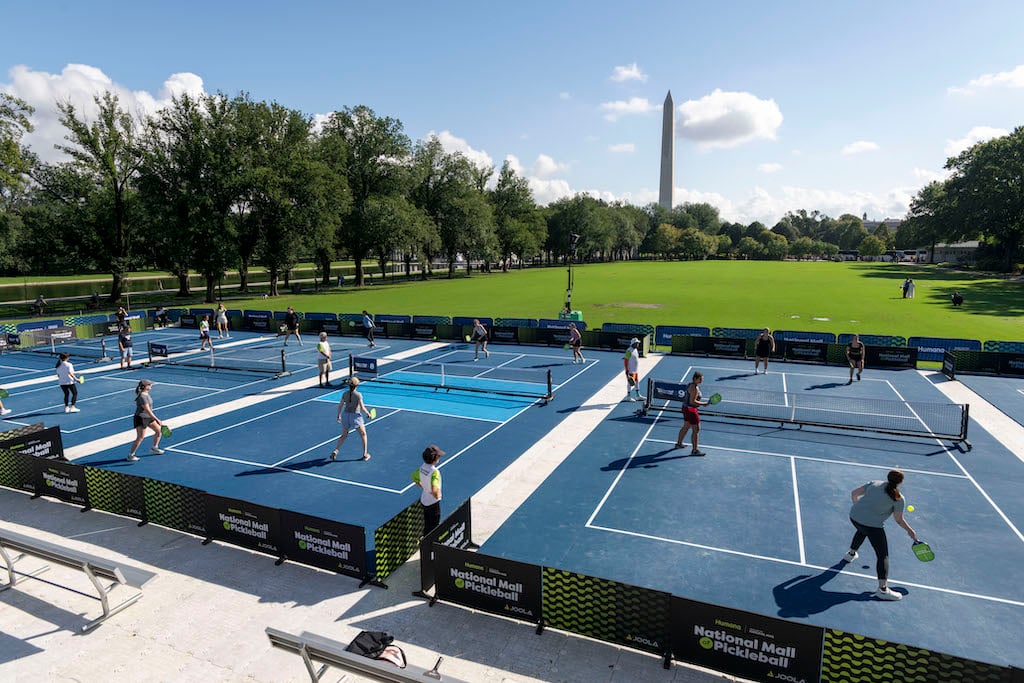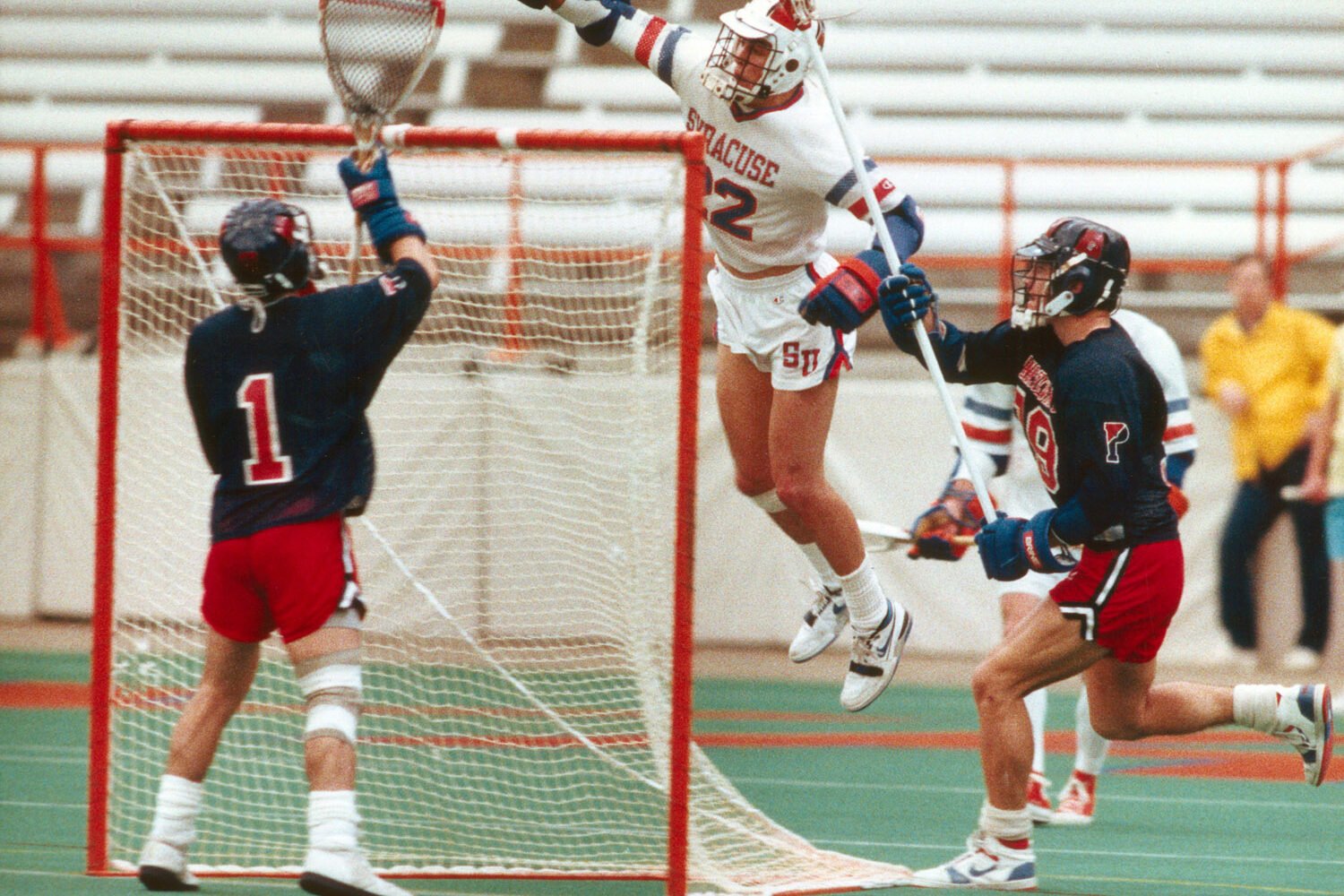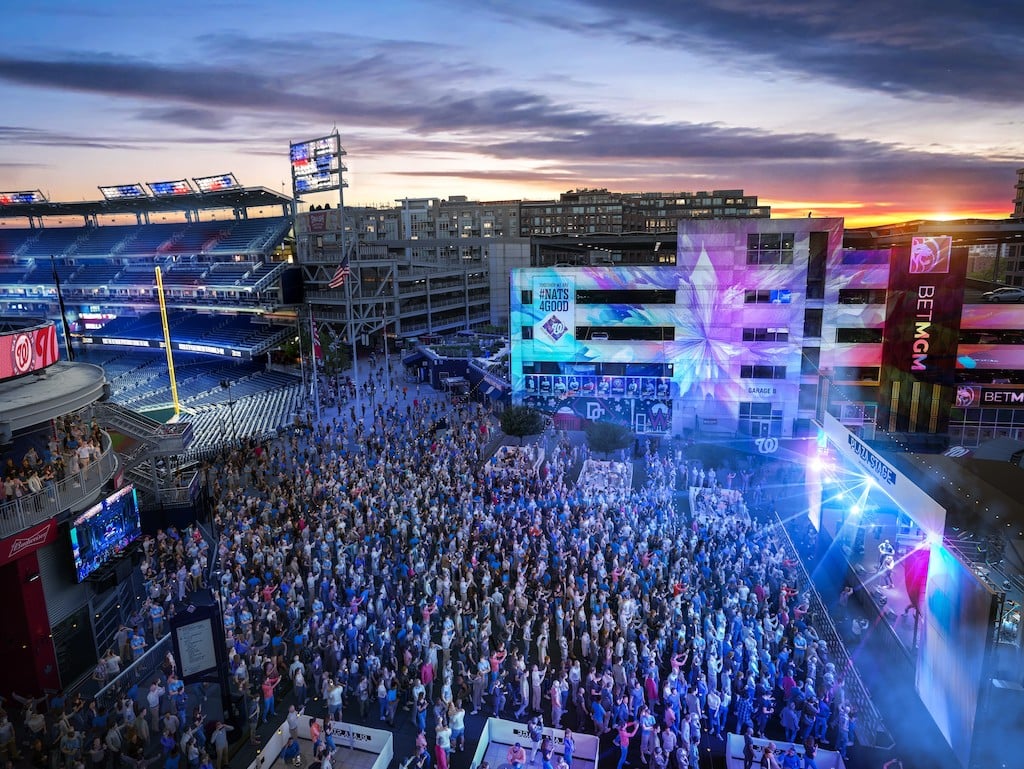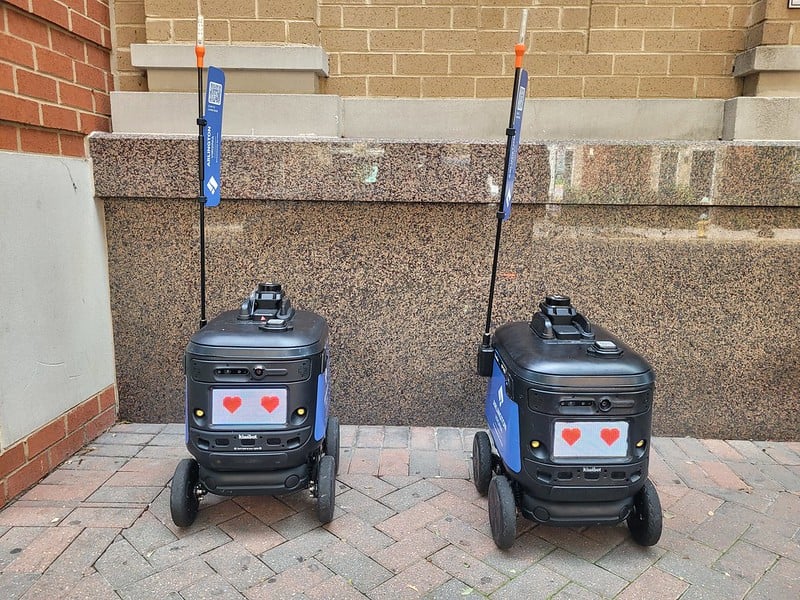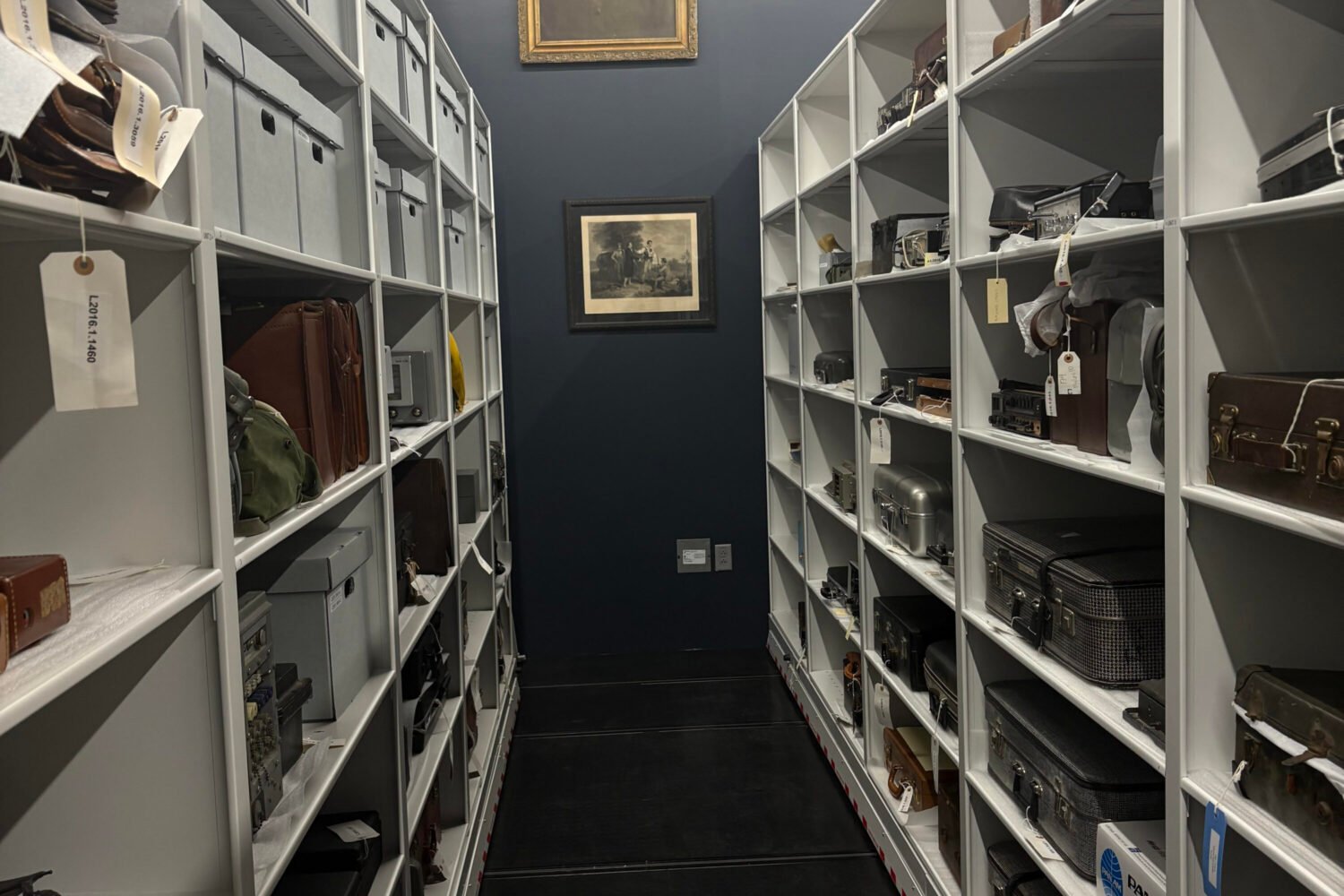Among other off-season moves, the Washington Nationals announced this week that the mascot versions of Calvin Coolidge and Herbert Hoover that joined the Racing Presidents sideshow over the past two seasons will be “retiring” to the team’s new spring-training facility in West Palm Beach, Florida.
While the relocation of two “visiting” mascots—especially ones that pay tribute to one president who didn’t actually care for baseball and another whose administration oversaw the beginning of the Great Depression and literally lit the White House on fire—is a minor transaction for the Nationals, it does open a door for questions about who might follow.
The Nationals added the Coolidge and Hoover mascots to their fourth-inning diversions as part of a marketing agreement the team entered into with the White House Historical Association, in which the team created mascot versions of whichever late past president was being commemorated on the association’s annual Christmas Tree ornament. In 2015, it was Coolidge, prompting a Paulie Walnuts-looking costume; this year it was Hoover, who got a mascot with eyes the Washington Post described as “demonic nightmare fuel.”
Assuming the White House Historical Association plans to follow the normal course of history in its ornament-selling, a trinket honoring Franklin D. Roosevelt should be next. And while the Nationals have not said if they plan to make another one-off addition to the standard Washington-Jefferson-Lincoln-Theodore Roosevelt-Taft lineup, if the marketing deal is still intact in 2017, then a mascot resembling the 32nd president should be in the offing.
An FDR Racing President would shake up the mid-game races in several ways. For one thing, he’d be the first Democrat in a lineup that includes one Federalist, one Democratic-Republican, and as many as five Republicans; many area baseball fans may be reassured by the sight of a Democratic President next year, even if he is in mascot form. An FDR mascot would also be the first one to honor a commander-in-chief who doinked a Washington Post photographer with a ceremonial first pitch. (Before an April 14, 1940 game that the Senators lost to the Red Sox.)
But the biggest difference, of course, would be the fact that Roosevelt was not fully ambulatory and spent much of his life in a wheelchair. If there’s any chance of getting an FDR mascot next year, the Nationals will have to plan this one carefully. An FDR that runs upright with the other Racing Presidents would be historically dishonest and insensitive, while one that struggles with mobility could seem pitiful to the point of insulting parody. But disability advocates have some advice for the Nationals if they want it.
“Generally we’re not in favor of hiding a person’s disability,” says Zach Baldwin, the outreach director for the American Association of People with Disabilities. “We’re in favor of highlighting and showing that FDR used a wheelchair. I don’t know the logistics on how you get a mascot in a wheelchair to make that work, but there could be ways to make it work. You look at people who engage in wheelchair basketball and racing, you can have a chair built for speed.”
However it plays out, Baldwin says that if the Nationals do introduce an FDR mascot, they need to be careful to avoid patronizing “pity” or “inspiration” scenarios. In the former, the other racers might take off and finish the race while FDR struggles to make it a few feet. In the latter, they would intentionally let FDR win because he uses a wheelchair. (“We call this ‘inspiration porn,’ ” Baldwin says.)
And the races themselves are not always straight-around-the-warning-track affairs. Often there will be an obstacle or one Racing President will pull a sneak attack on the others. Jayson Werth has been known to get involved. Advocates like Baldwin’s group seem to be generally encouraged to see a Franklin Roosevelt mascot at Nationals Park, as long as it’s done with care.
“I would encourage the Nationals and whoever’s planning this to put a little bit of thought into this,” he says. “Work with groups that represent disabled people. And I would suppose they should plan out who’s going to get clotheslined or tackled.”









